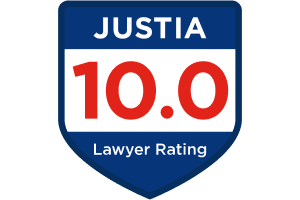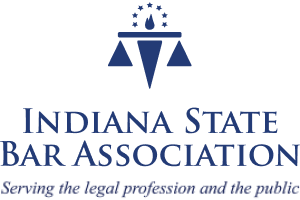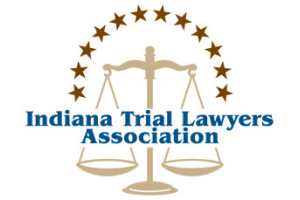Claims and Appeals
Epilepsy
According to the National Institute of Neurological Disorders and Stroke, “epilepsy is a brain disorder that causes people to have recurring seizures.” Social Security recognizes epilepsy as a medical condition which may cause a person to be unable to work under the federal Social Security disability program. In fact, if a person meets or equals the criteria set out in the Listing 11.02 Epilepsy, then that person will be found to be presumptively disabled and entitled to an award of benefits.
Listing 12.02 centers on three specific factors: 1.) being diagnosed with one of two specific types of seizures; 2.) having seizures at the frequency required under the Listing and 3.) treating for the seizures. The two types of seizures mentioned in Listing 12.02 are generalized tonic-clonic seizures and dyscognitive seizures. Generalized tonic-clonic seizures are convulsive seizures (sometimes called “grand mal”). Normally, when a person has a generalized tonic-clonic seizure, the person loses consciousness. During the seizure itself, there could also be an aura, loss of bowel or bladder control, and “tongue bites.” After the seizure, there is a period called the postictal period. During the postictal period, a person may experience confusion, paranoia, severe headaches, muscle strain, irritability, exhaustion, and difficulties communicating. If the postictal period lasts longer than 30 minutes, then the condition is called convulsive status epilepticus. Dyscognitive seizures are essentially nonconvulsive seizures (sometimes called “petit mal”). Characteristics of dyscognitive seizures include staring spells, sometimes eye blinking other times slight tasting movements of the mouth, hand movements with contraction or relaxation of the muscles. A dyscognitive seizure sometimes turns into a generalized tonic-clonic seizure. Social Security requires a description of a seizure by someone who has observed the seizure occurring. Social Security would like that person to be a physician, although that is not required. It is interesting to note that Social Security does not consider pseudoseizures under listing 11.02.
As far as the frequency of the seizure is concerned, the number of seizures must occur during the period for which disability is being sought. The start of the counting period cannot be earlier than one month after prescribed treatment has begun. If a person has more than one seizure in a 24-hour period, then those multiple seizures are counted only as one seizure. If there is a continuous series of seizures, then that series is counted only as one seizure. Similarly, a dyscognitive seizure which turns into a generalized tonic-clonic seizure is counted as one generalized tonic-clonic seizure. If for some reason the person seeking disability is not taking medication for seizure control and has seizures during that period, then the seizures which occurred during that period are not counted. (There is a “good cause” exception to not taking seizure medication.”)
For generalized tonic-clonic seizures, the frequency must occur at least once a month for three consecutive months. Alternatively, the frequency for generalized tonic-clonic seizures can be once every two months for at least four consecutive months with a marked limitation in either physical functioning; understanding; remembering or applying information; interacting with others; concentrating, persisting or maintaining pace; or adapting or managing oneself.
For dyscognitive seizures, the frequency must be at least once a week for three consecutive months. Alternatively, the frequency for dyscognitive seizures at least once every two weeks for at least three consecutive months with a marked limitation in either physical functioning; understanding; remembering or applying information; interacting with others; concentrating, persisting or maintaining pace; or adapting or managing oneself.
Finally, to meet or equal Listing 11.02, the person suffering from seizures must be “adhering to prescribed treatment.” Adhering to prescribed treatment assumes first that the person was seizures is seeing a physician. Also assumes that the physician has prescribed anti-seizure medication. Finally, it assumes that the person is following the physician’s orders by taking medication as prescribed. If a person with seizures is not seeing a physician or is seeing a physician but not taking the medication as prescribed, then that person will be unable to meet or equal Listing 11.02.
If a person was seizures has either pseudoseizures or for some other reason does not meet or equal Listing 11.02 the person still may qualify Social Security disability program if their limitations are significant enough to cause them not to be able to sustain competitive employment.







